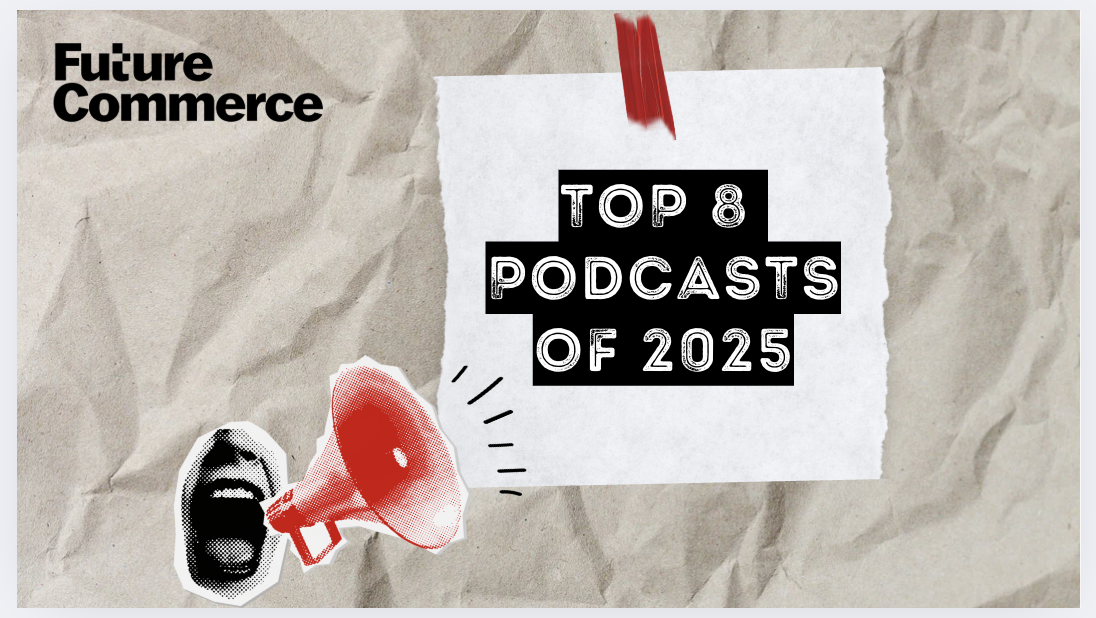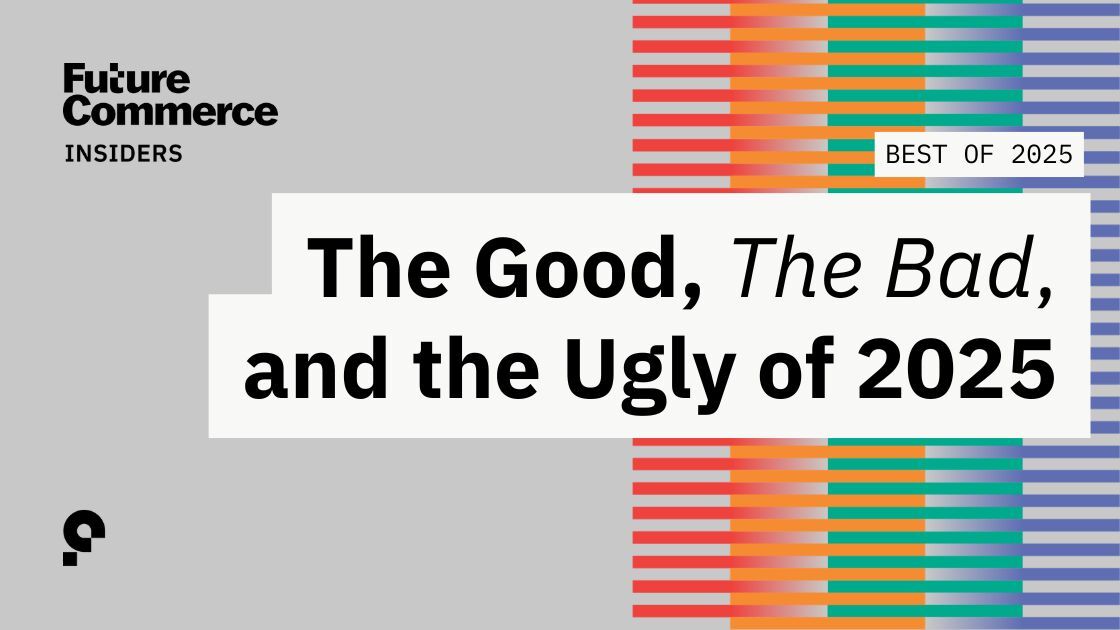
Imagining Futures in the Hyper-Localized Era of the Oat Milk Elite


Welcome to Friday, futurists.
This week, web3 memeologist Edmund Lau took aim at the modern thought leadership industrial complex when he crafted a biting meme that skewers the archetype of the futurist trend analyst—a figure who is often at the center of discourse in publications like ours here at Future Commerce.
The best way to ruin a joke is to explain it, of course, so we’re going to double down on the joke by analyzing it in painful detail. Buckle up as we create and expand on the archetypes of the type of person who would, in Edmond’s words, “examine futures in the hyper-localized era of the oat milk elite.”

The Oracle
Lao’s meme opens with a critique that hits close to home for those who dwell in the rarified air of high culture and intellectual rigor. The Oracle represents the archetype that revels in complexity and exclusivity. This is the futurist who name-drops Foucault and Baudrillard, sprinkling their analysis with dense theoretical language that’s as impenetrable as it is impressive.
- Foucault: A French philosopher discovered by Jaylen Brown (I kid), known for his work on power, social institutions, and the popularization of Jeremy Banthem’s Panopticon—a metaphor for modern surveillance where people internalize their own regulation. In the meme, Foucault is a shorthand for structural critiques of society.
- Baudrillard: Another French intellectual, Baudrillard is famous for his theories on hyperreality and simulacra—the idea that in a media-saturated world, the representation of things becomes more real than the things themselves. (More on this later if you don’t understand K-Hole).
For The Oracle, everything is layered with meaning, some of which even he doesn’t understand, but will attempt to explain it to you by using the word “syllogisms” over and over. They’ve never owned anything from the brands they most closely align with—like Loewe—unless they got lucky with some Dogecoin they bought as a joke in 2018.
Foucault got the first mention in Future Commerce in 2021 on Insiders #080, Rethinking Brand Power Structures.
The Oracle believes they’ve transcended mere consumerism, becoming symbols of artistic and intellectual resistance. That’s why they order oat milk even though they once tweeted in 2021 that it scores the worst on the glycemic index.
The Curator
The Curator balances intellectual depth with accessibility and is very tired of the word ‘curation’ itself. “That word is so overused,” says The Curator. The Curator sees themselves as making high culture relatable, translating “dense ideas into insights” that “resonate” with a broader, though still discerning, “community.”
In the meme, this is the figure who might give a talk at SXSW, where the “intersection of culture and commerce” is the main event. Their enemies aren't mass-market brands per se, but rather the homogenization of culture—hence the subtle jab at WGSN, the trend forecasting giant often seen as reducing complex cultural movements into digestible predictions.
- K-Hole: A now-defunct art collective and trend-forecasting group that popularized the term “normcore.” Their reports were known for their blend of academic jargon and cultural commentary, often straddling the line between serious analysis and satire. The meme’s comparison of dense jargon to K-Hole’s style underscores the self-aware complexity of The Curator’s communication, and their need to appear cool (which admittedly ended sometime around 2017 or 2018).
The Curator was voted most likely to subtly correct your pronunciation of Loewe.
The Scholar
The Scholar is the rare futurist who applies rigorous academic methods to analyze mainstream trends but often ends up alienating their audience with their dense, overly-intellectualized take.
This archetype is represented in the meme by the use of heavy language and obscure references.
This is the quadrant where mainstream brands—like IKEA or Apple—are dissected with the kind of intellectual fervor usually reserved for dissertations; or where commonplace human behaviors like buying products online become metaphors for the nature of existence.
The language of The Scholar often obscures the very insights it aims to illuminate, making it difficult for a broader audience to engage. Something we know nothing about here at Future Commerce.
- Most likely to reference The Panopticon: Originally a design for a prison by philosopher Jeremy Bentham, the Panopticon has been used by Foucault as a metaphor for modern disciplinary societies, where individuals regulate their own behavior because they believe they are being watched.
Bookshelf pictures are commonplace on The Scholar’s feed, as are early merch cops.
The Savant
Finally, we have The Savant—the omnivorous archetype who has perfected taste in everything that exists or has ever existed, from digital media to consumer packaged goods. They excel at breaking down and popularizing mainstream trends because they know everything and they know about it before anyone else.
The Savant might be the most relatable of the futurists, but they make sure you know that. “I make culture accessible without sacrificing insight,” says The Savant. They secretly like Marvel movies and ironically watch reruns of Big Bang Theory because they like to point out the pop culture and scientific inaccuracies. They want to dislike Neil Degrasse Tyson but he’s just too darned lovable.
The Savant thrives in spaces where culture and commerce meet, like CES or Advertising Week, and their analysis often finds its home on platforms like Substack because they don’t need anyone’s permission to publish their ideas (which nobody reads).
The Savant is the futurist who is keenly aware of the trend adoption cycle, recognizing that what’s novel today is old news tomorrow. They speak the language of the masses—phrases like “consumer attitudes” and “post-brand” reflect their focus on understanding and predicting the “shifts in consumer behavior.” They’re “high agency,” but also, somehow, ex-agency.
If they do post a selfie, it's likely to be at Frieze or Venice Biennale. If they post a pic of coffee, The Paris Review is likely in the background.

Finally, if you want a coffee table book about commercial Archetypes, check out ArchetypesJournal.com, the first annual from Future Commerce.
— Phillip
P.S. If you want more of Edmond Lau’s brilliance, without the explainifier, check out his most recent co-authored piece for Future Commerce, The Pursuit of Cool in the Age of Algorithms.
P.P.S. Got your game face on? This week on the podcast we’re joined by resident women’s sports experts Candace Stewart and Alexa Lombardo to examine the opportunity that brands have to in partnerships with women’s sports leagues, teams, and individual athletes. Listen to Episode 363 on Apple or Spotify.


Time-to-One-Trillion. Shopify beat Amazon to the one-trillion GMV club by nearly six years. In our analysis of Shopify’s Q3 earnings this week on The Senses, we break down what the stock market surge of the eCommerce juggernaut could bring, and how founder Tobi Lutke might be making his next moonshot in Spatial Commerce.














.svg)
